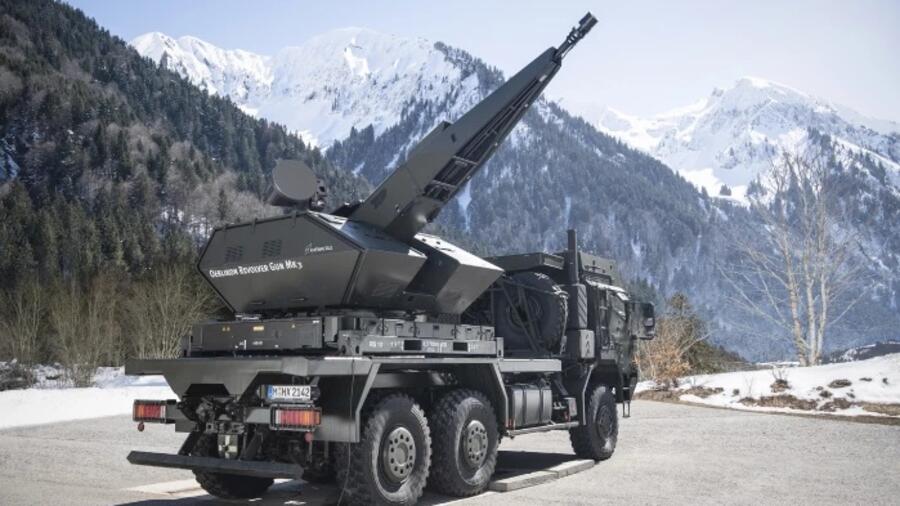The Institute for the Study of War (ISW) reports that Ukrainian air defense capabilities remain limited and degraded, allowing Russian aircraft to operate freely without threat on certain critical areas of the front.
The assessment comes as the US House will consider a foreign aid bill legislating much-delayed American military aid for Ukraine. The delay has been assessed to have allowed devastating Russian missile strikes on the Ukrainian power grid as well as frontline losses.
According to ISW, Russian milbloggers have recently amplified multiple pieces of video footage, including on April 19, showing Russian Su-25 and Su-34 aircraft operating at low altitudes near Chasiv Yar, Donetsk Oblast, and striking Ukrainian positions to support Russian advances in the area.
ISW assesses that the ability of Russian aircraft to operate over 100 kilometers deep in Ukrainian airspace near the frontline without sustaining significant losses indicates that Ukrainian air defenses in the area are currently insufficient to deter or deny Russian aircraft from operating on the front line. While the Ukrainian capability to conduct long-range strikes to down Russian strategic aircraft conducting combat operations may temporarily constrain Russian aviation operations, ISW notes that this strike capability is unable to compensate for Ukraine’s critical air defense shortages across the theater.
Ukrainian President Volodymyr Zelenskyy stressed that Ukraine requires Western provisions of artillery ammunition, air defense materiel, long-range artillery and missile systems, and fighter aircraft as Ukrainian constraints continue due to delays in US military assistance.
Zelenskyy addressed the Ukraine-NATO Council on April 19 and reiterated that Ukraine needs a minimum of seven additional Patriot air defense systems to defend against Russia’s ongoing missile and drone strike campaign, and called on Western countries to fulfill their promise to deliver one million artillery shells to Ukraine.
ISW reports that Ukrainian artillery shortages are allowing Russian mechanized forces to make marginal tactical gains, and Ukraine’s degraded air defense capabilities are permitting Russian aviation to heavily degrade Ukrainian defenses along the front through glide bomb strikes. Ukrainian officials have highlighted promised F-16 fighter aircraft as a crucial element of a combined air defense system that can intercept more Russian missile and drone strikes and constrain Russian tactical aviation operations.
ISW assesses that continued US delays in security assistance to Ukraine are limiting Ukraine’s ability to conduct effective defensive operations while offering Russian forces increasing flexibility to conduct offensive operations — a dynamic that can lead to compounding and non-linear opportunities for Russian forces to make operationally significant gains in the future.
Related:
- Zelenskyy tells EU Russia has almost entirely destroyed Ukraine’s thermal power capacity, asks for air defense help
- “Shaheds sound the same”: Zelenskyy calls for equal air defense support
- Ukraine’s defense minister discusses air defense needs with Pentagon chief
- ISW: Further delay in US aid could render Ukrainian forces vulnerable to Russian offensives



